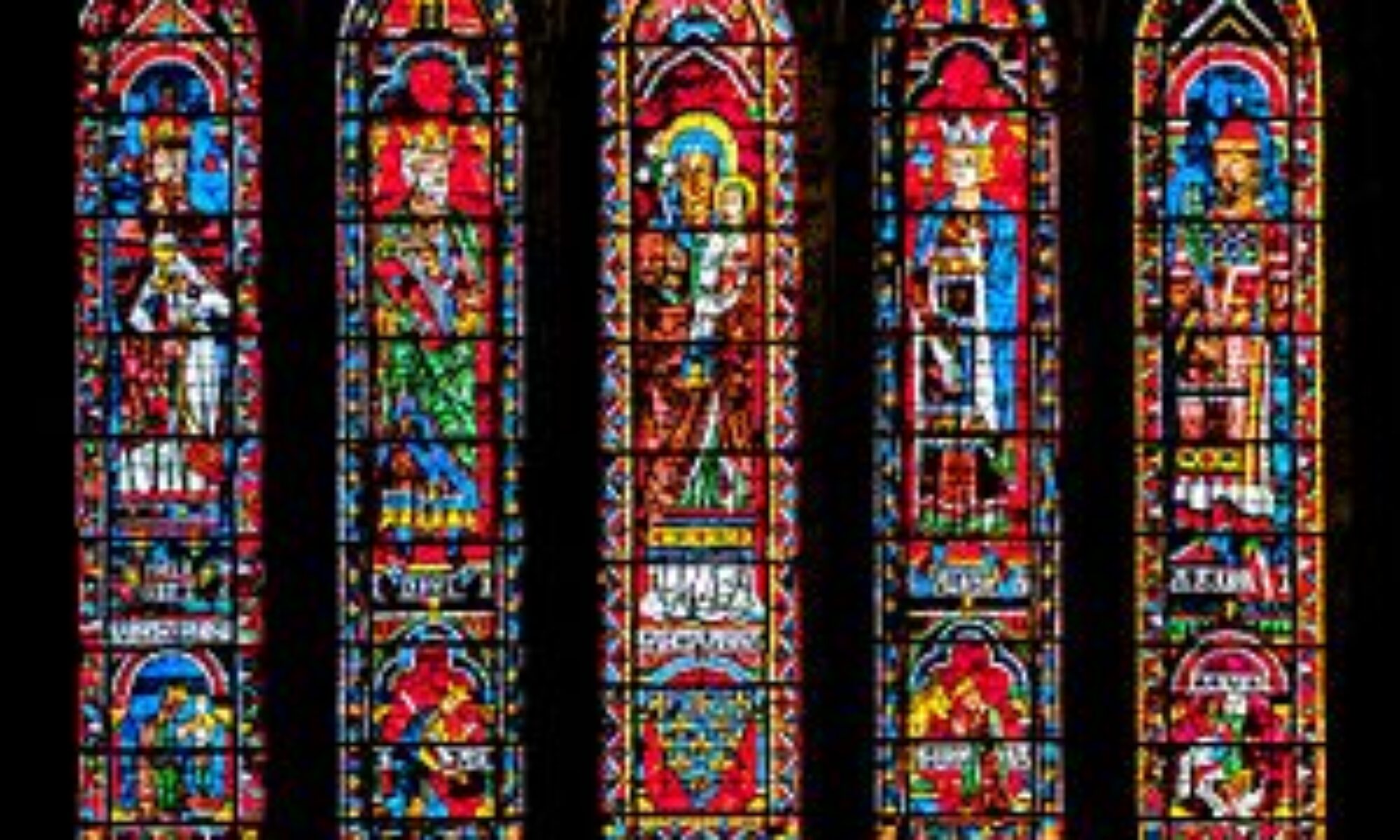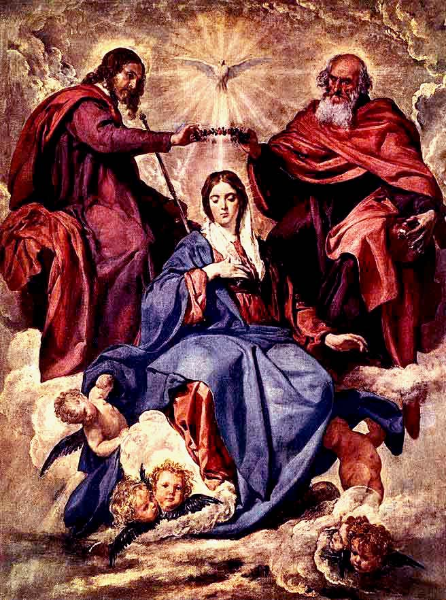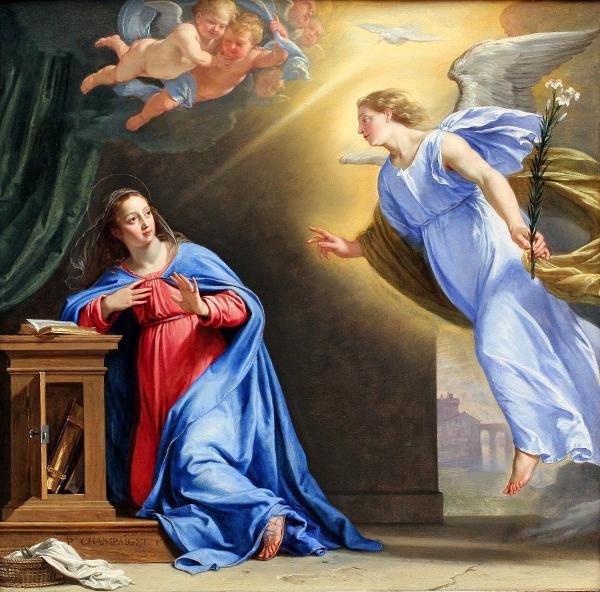Today is Ash Wednesday and the start of Lent.
What is Lent?
Lent is the period of time during the year when we prepare for the liturgical celebration of Easter. This includes remembering the suffering, Death, and Resurrection of Christ. The three practices of Lent include prayer, fasting, and charity. It is also a time to receive the Sacrament of Penance and Reconciliation, also known as Confession.
Why do we wear ashes on our foreheads on Ash Wednesday?
Ashes symbolize both death and repentance and serve to help us remember that Christ died to redeem our sins so that we might live in eternity with Him. Lent, which starts on Ash Wednesday, is a period of humility. It is a period during which we repent and mourn for our sins. When the priest applies the cross of ashes, he says, “Remember that you are dust, and to dust you shall return.”
Why does Lent last for forty days?
Lent begins on Ash Wednesday and ends on the evening of Holy Thursday. Excluding Sundays from the count, it lasts forty days because the in the Bible, the number forty is traditionally used in the Old Testament to represent a time of testing, trial, penance, purification, and renewal. As we know from the New Testament, Jesus spent forty days in the desert, fasting, being tested by Satan and preparing for his public ministry of proclaiming the Gospel. Our Lenten practices are a way for us to express gratitude for Jesus’s suffering and sacrifice, to share in His life, to grow closer to Him and deeper in faith.








